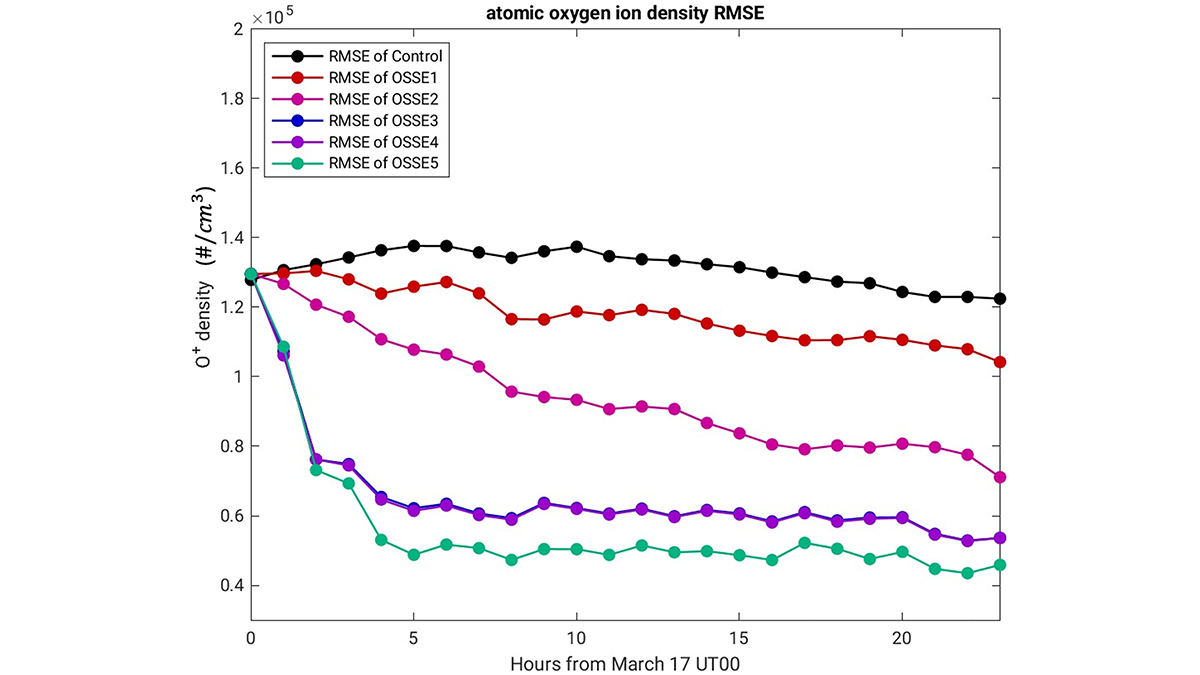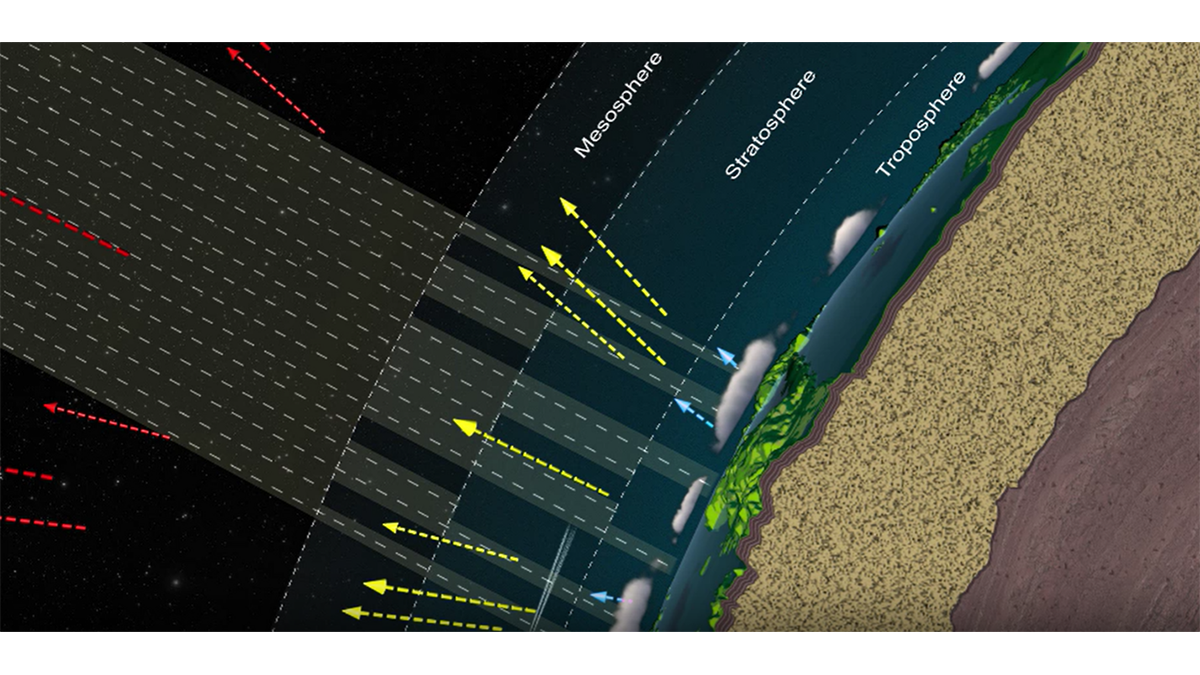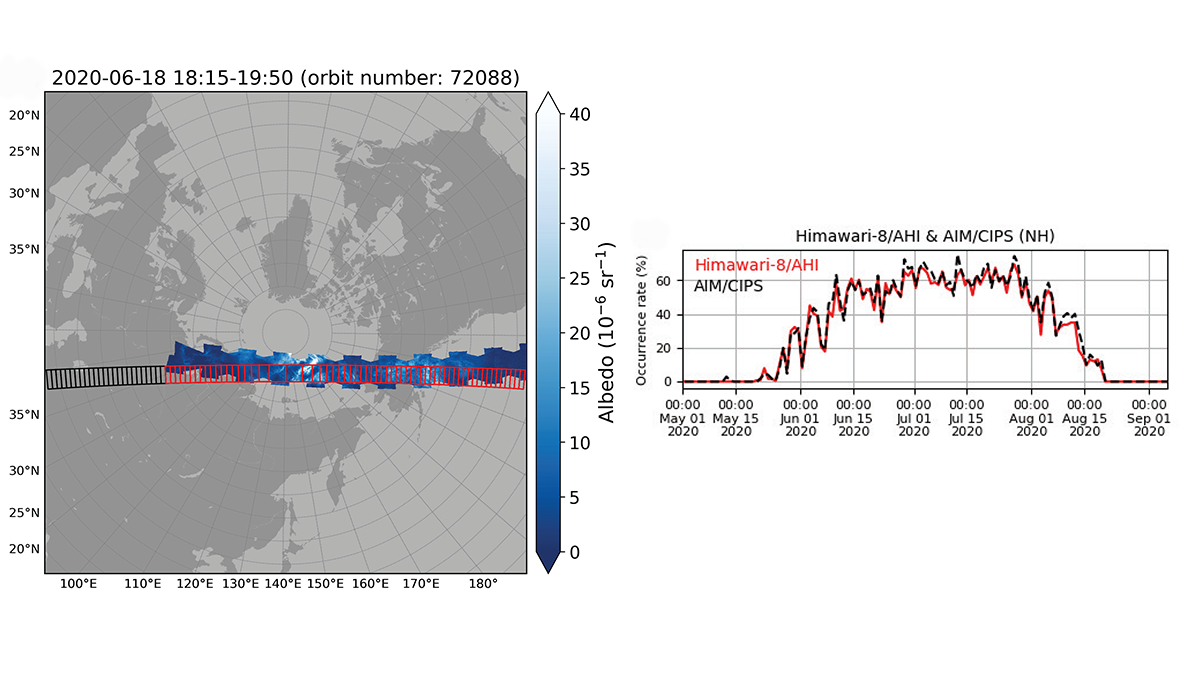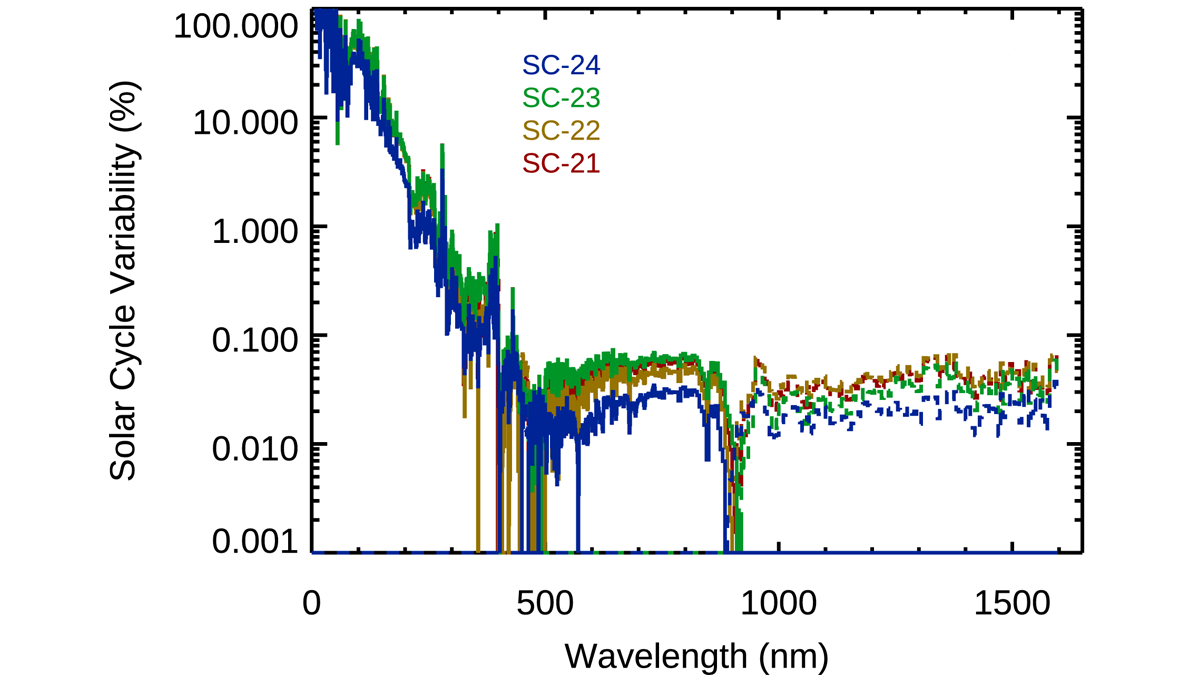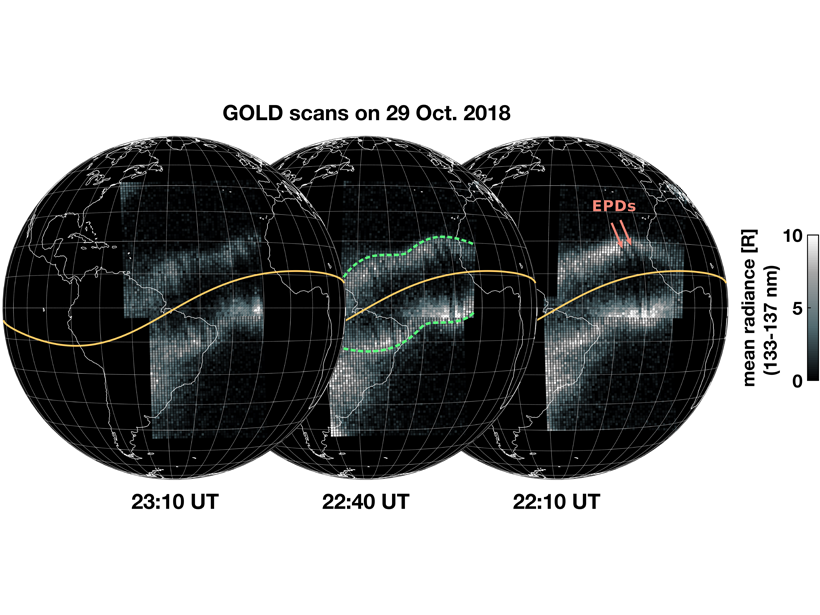A new study finds that assimilating observations of the ionosphere and thermosphere reduces the error in model predictions more than modeling either one individually.
Astrid Maute
Editor, Earth and Space Science
Open-Source MAGPRIME Supports Space Magnetism in the Heliosphere
MAGPRIME is a library of magnetic interference removal algorithms, including benchmarks, that can aid in the design of spacecraft by providing simulations to determine optimal magnetometer placement.
Updated Reference Standard for Total Solar Irradiance
Version 2 of the Total and Spectral Solar Irradiance Sensor-1 Hybrid Solar Reference Spectrum captures a spectral resolution spanning 0.115-200 micrometers and integrates nearly 100% of the TSI energy.
New Technique Improves Polar Mesospheric Cloud Data Set
A new two-step Polar Mesospheric Cloud detection technique is applied towards the Himawari-8/Advanced Himawari Imager full-disk images leading to a new high-quality dataset.
Newly Improved Solar Spectral Irradiance Composite Record
A new study accurately captures solar irradiance, which is crucial to understand the energetics and radiation balance of Earth and its influences on the cryosphere, atmosphere, and ocean currents.
GOLD Sees Quasi-Stationary Waves in the Nighttime Ionosphere
The wave-like features in the pre-midnight ionosphere are not moving, vary strongly from day-to-day, and are often associated with the equatorial plasma bubbles, but their origin is still unknown.

